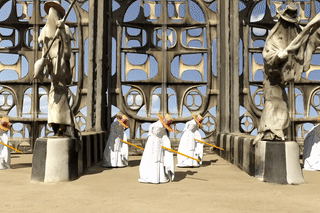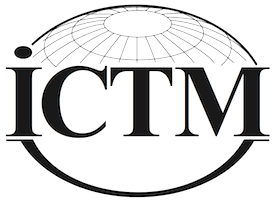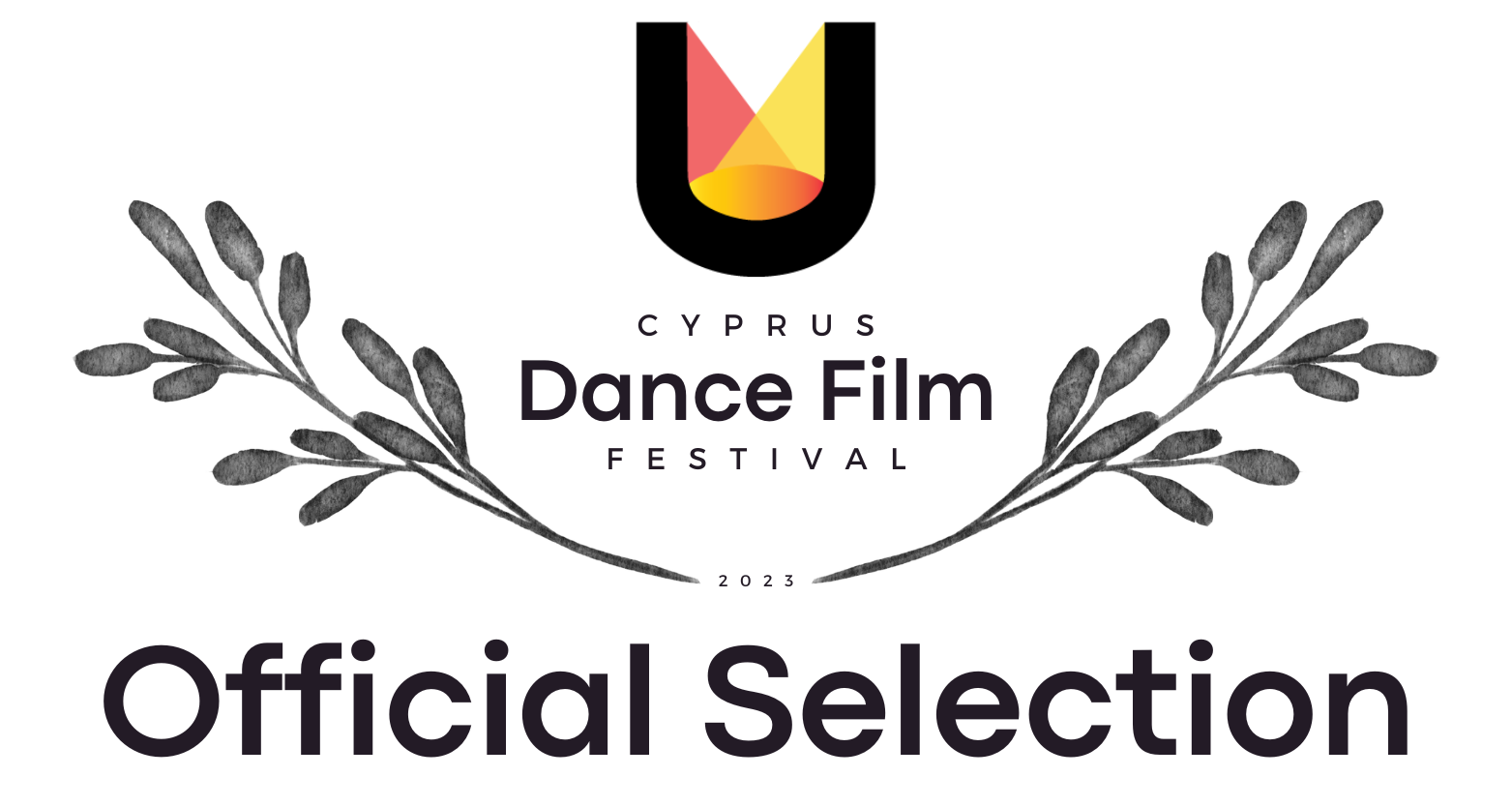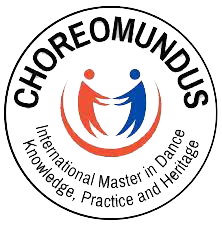Digitizing Traditional Dances Under Extreme Clothing: The Case Study of Eyo



Digitizing Traditional Dances Under Extreme Clothing: The Case Study of Eyo
Temi Ami-Williams, Christina-Georgia Serghides, Andreas Aristidou
Journal of Cultural Heritage, Volume 67, pages 145–157, February 2024.
The video has been presented at the International Council for Traditional Music (ICTM) 2023 and the Cyprus Dance Film Festival (CDFF) 2023.
This work examines the challenges of capturing movements in traditional African masquerade garments, specifically the Eyo masquerade dance from Lagos, Nigeria. By employing a combination of motion capture technologies, the study addresses the limitations posed by "extreme clothing" and offers valuable insights into preserving cultural heritage dances. The findings lead to an efficient pipeline for digitizing and visualizing folk dances with intricate costumes, culminating in a visually captivating animation showcasing an Eyo masquerade dance performance.
[DOI] [pre-print paper] [bibtex]
Abstract
This work studies the challenges associated with capturing the movement of dance performers wearing traditional African masquerade garments, specifically focusing on the Eyo masquerade dance, a cultural heritage creation from Lagos, Nigeria, and discusses the crucial role the costume has in enhancing the overall performance. The work particularly investigates the capabilities and limitations of current motion capture technology in effectively capturing the movements of both the dancer and the costume, especially when the performer wears what we refer to as "extreme clothing", such as full body costumes or heavy garments. To overcome these challenges, we employ a combination of motion capture technologies to precisely capture the movements of the performer both with and without the costume, while assessing their respective advantages and limitations. Furthermore, we analyze the disparities in motion quality between these two scenarios to comprehend the influence of the costume on the overall performance. This research has led to the development of an efficient pipeline for digitizing and visualizing folk dances featuring intricate and bulky costumes. The findings of this study offer invaluable insights into the application of motion capture technology for acquiring the movements of performers, including the deformation of their costumes, in cultural heritage dances. As a final outcome of this work, we present a visually captivating animation showcasing an Eyo masquerade dance performance, underscoring the potential of motion capture technology as a tool for preserving and promoting cultural heritage dances.
The main contributions of this work include:
- Research Focus: Our work presents the importance of combining traditional clothing and precise body movements in the accurate digitization of dance performances. It acknowledges the necessity of assessing available technologies to simultaneously capture both elements with equal fidelity.
- Technology Evaluation: Our work conducts a comprehensive evaluation of current mocap technologies in the context of capturing the body movements of dancers wearing traditional clothing. This evaluation is essential for achieving accurate dance digitization.
- Efficient Digitization Pipeline: We present an efficient pipeline designed for the digitization of folk dances featuring complex and bulky costumes, referred to as "extreme clothing."
- Comparative Analysis & Impact Assessment: We conducted a comparative analysis of two mocap devices, revealing their strengths and weaknesses when capturing movements with and without traditional costumes. This analysis not only highlights mocap technology's challenges and limitations but also assesses the impact of the chosen mocap system on motion quality and the effect of bulky clothing on dancers' movements, balance, effort, and freedom of movement.
- Virtual Reality (VR) Exploration: Our work also investigates the realm of virtual reality (VR) by examining how traditional costumes impact the perception of VR users. This aspect explores the use of avatars, both dressed in traditional clothing and not, to understand the user experience in immersive environments.
Supplementary Video to the article:
Our Promo Video:
Our Behind-The-Scenes Video (the one selected at ICTM and CDFF):
Acknowlegments
We would like to thank Sami Sabra, Fotos Frangoudes, Panayiotis Kyriakou, Tereza Kourra, and Pieris Panayi for their valuable help in the implementation of this project, and Mustapha Emmanuel and Helia Zakeri for their help in photography and videography. This project has received funding from the University of Cyprus (project: Demonstration); the European Union through Choreomundus: International Master in Dance Knowledge, Practice and Heritage, under the Erasmus Mundus Joint Master Degree (EMJMD); the European Union’s Horizon Europe Research and Innovation Programme under grant agreement No 101061303; and the European Union’s Horizon 2020 Research and Innovation Programme under Grant Agreement No 739578 and the Government of the Republic of Cyprus through the Deputy Ministry of Research, Innovation and Digital Policy.



© 2017 Andreas Aristidou